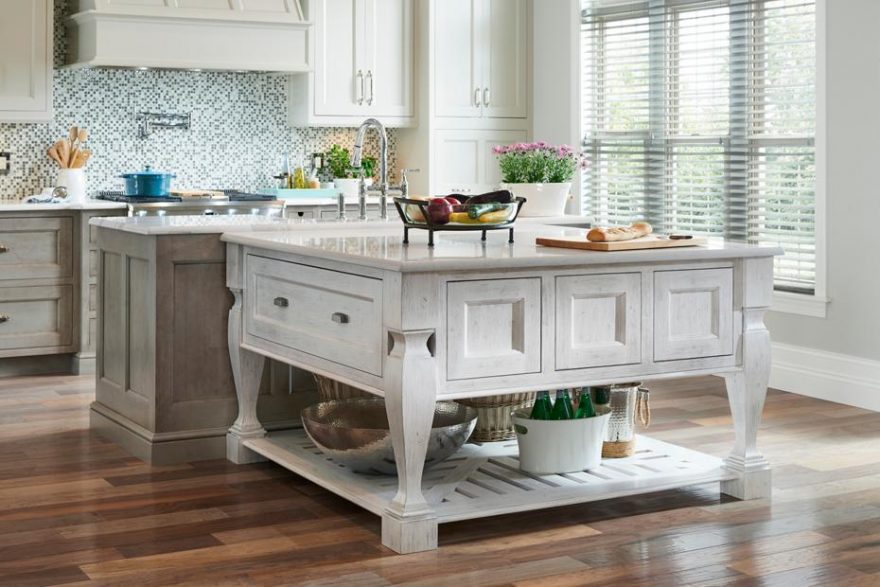Cutting-edge and Fashionable Layouts in Modern Legs For Kitchen Island Solutions
Cutting-edge and Fashionable Layouts in Modern Legs For Kitchen Island Solutions
Blog Article
Essential Factors to Consider When Selecting Legs For Kitchen Island
Choosing the appropriate legs for a kitchen island involves a mindful assessment of numerous factors that can significantly influence both performance and visual allure. As we explore these components, it becomes clear that each decision can have far-ranging implications for the overall cooking area experience.
Material Options
When picking legs for a kitchen island, comprehending the numerous product options is important for attaining both aesthetic allure and architectural stability (Legs For Kitchen Island). The choice of product dramatically affects not just the longevity of the island but also its general layout and performance
Steel legs, frequently made from stainless steel or wrought iron, contribute a industrial and modern feeling while making certain durability and security. These materials are immune to put on and can support considerable weight, making them perfect for bigger islands.
Another choice is engineered products, like MDF or plywood, which can be extra affordable while still providing a variety of surfaces. However, they may not supply the exact same level of security as solid timber or metal. Lastly, materials such as acrylic or glass can develop a contemporary look, though they may require added support to make certain security.
Eventually, the choice of material for kitchen island legs ought to straighten with the desired functionality and the general motif of the kitchen.
Design And Style

When taking into consideration style, the shape and finish of the legs are crucial. Conical legs can offer a sense of lightness and beauty, while thicker, a lot more durable legs can convey strength and security. In addition, the coating-- be it repainted, discolored, or natural-- should match the kitchen cabinetry and countertop products to create a unified appearance.
Additionally, the layout of the legs can additionally mirror personal preference. Customized or ornamental legs, such as those featuring elaborate makings or special geometric forms, can offer as centerpieces, including personality and personality to the kitchen. Ultimately, the ideal choice will certainly not just improve performance however likewise raise the visual charm, making the cooking area island a standout feature of the home.
Height Factors To Consider
Choosing the suitable elevation for kitchen island legs is vital, as it straight impacts both capability and convenience. The conventional elevation for a cooking area island usually varies from 36 to 42 inches, lining up with usual counter top heights.

It is also important to represent users' elevations and preferences. Tailoring the elevation can make certain a comfortable experience for all member of the family, making the kitchen area island a much more functional and pleasurable area.
Weight Support
Guaranteeing appropriate weight support for cooking area island legs is important for both safety and security and capability. The cooking area island commonly serves numerous functions, consisting of food prep work, dining, and added storage, requiring a durable support framework. When picking legs, it is vital to think about the overall weight ability needed based upon the island's planned use and the materials that will certainly be put on it.
The selection of material for the legs plays a substantial role in their weight-bearing abilities. Strong wood, steel, and sturdy composites normally provide exceptional stamina contrasted to lighter products. Additionally, the style of the legs-- whether they are straight, tapered, or have a pedestal kind-- can influence their capability to distribute weight efficiently across the framework.
Moreover, the leg placement should be tactically intended to enhance stability. Legs positioned at the corners or with a bigger base can much better support larger loads. Constantly seek advice from the producer's specifications regarding lots limits to make sure that the legs can maintain the designated weight without compromising safety and security. In recap, picking cooking area island legs with adequate weight assistance click resources is essential for producing a secure and useful cooking room.
Installment and Upkeep
Proper setup and upkeep of kitchen area island legs are important for ensuring longevity and stability. To begin, it is necessary to adhere to the producer's standards throughout installment. This commonly involves securing the legs to the space station using suitable bolts, guaranteeing that the legs are level and aligned. Utilizing a level tool can help prevent tottering and enhance the overall visual appeal of the kitchen island.
As soon as mounted, normal maintenance is necessary to preserve the honesty and appearance of the legs - Legs For Kitchen Island. For wood legs, periodic cleaning with a moist cloth and application of suitable timber polish can protect against moisture damage and maintain their her response coating. Metal legs might need a gentle cleansing remedy to get rid of grease and crud, adhered to by a completely dry fabric to avoid rust development
Furthermore, evaluate the legs frequently for indicators of wear or damages, such as splits or loose joints. Tightening screws or screws as needed can likewise prolong the life expectancy of the legs. By adhering to these installment and maintenance techniques, homeowners can ensure that their kitchen area island continues to be durable and visually appealing for years to come.
Verdict

Visual comprehensibility is critical in selecting the style and layout of legs for a kitchen island, as these components significantly affect the general ambiance of the space. Conical legs can provide a sense of agility and elegance, while thicker, a lot more robust legs can convey toughness and security.Choosing the proper elevation for cooking area island legs is essential, as it straight influences both functionality and comfort. In recap, choosing kitchen area island legs with adequate weight assistance is crucial for creating a secure and useful cooking area.
In final thought, picking legs for a kitchen area island necessitates mindful factor to consider of numerous aspects, including product options, design, height, weight support, and installment.
Report this page